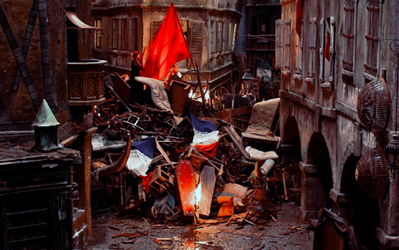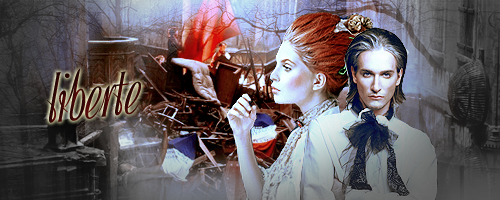Post by LIBERTE on Dec 28, 2012 10:03:09 GMT -5
[atrb=border,0,true][atrb=style, background-color: f9f9f9; border: #1f4579 solid 10px; width: 420px; padding: 15 5 15 5px;] At the end of the day you're another day colder For the site plots to work this site is not historically accurate *holds hands up* Yes I know sorry, you can Guillotine me later, we can’t all be incorruptible. Anyway here is a somewhat rough and very inaccurate time line; it does make for great plotting though! Enjoy! If anyone has any questions or thoughts to put toward this please contact a member of staff. --With thanks to CHAUVELIN for the rewrite. 1789 -- Unrest and trouble brew in Paris, beginning students and young petty bourgeoise frustrated by the lack of opportunity in rigidly stratified and class conscious French society. They call themselves the Rousseaux, after the philosopher, and for years, they talk about the need for social justice, demonstrating and demagoguing, but doing very little else. 1795 -- A leader arises among the Rousseaux, a student of law who calls himself Victurnien. Driven and charismatic, he rallies the disenchanted and disenfranchised of the city into a huge mob that storms buildings such as the Bastille and even the royal palace, capturing the royal family. 1796-1798 -- With the king and his family imprisoned, the Rousseaux take power, but they have no experience and little practical idea of how to actually govern. Despite greater and greater tax levies, especially on the nobility, they're unable to keep their promises of bread for all They resort to circuses in the form of show trials, presided over by Victurnien himself. Seeing it all still slipping away, Victurnien grows more and more desperate and insane, finally trying and executing the royal family. That proves the last straw for the nobility, who throw their weight and wealth behind a brilliant military leader named Napoleon Bonaparte. 1799-1810 – With the Rousseaux out of favor with the people and knowing even less about war than they do about government, they're easily dispatched. Bonaparte promptly declares himself Emperor and whips up a nationalist fervor, directing the people's discontent away from his aristocratic patrons and onto the rest of Europe. That works for a time and the French Empire expands rapidly, but ultimately is defeated and driven back by a Coalition of Nations. 1811-1815 – Napoleon is captured and exiled, dying soon after. The victorious Coalition installs a puppet King on the throne and places humiliating and onerous restrictions on France. They also demand ruinous reparations, which the King and much of the nobility promptly begin extorting from everyone else via taxes, levies, and fines. Discontent begins first to simmer, then to boil. 1816-1819 – The Second Revolution erupts as a mixture of Bonapartists, hotheads, outlaws, nationalists, students, political prisoners, and others with an axe to grind are united (only) in their hatred of the royals and aristos. The government is overthrown and semi-official death squads roam the countryside and even sometimes the streets of Paris while the various factions squabble over who's in charge. (Scarlet Pimpernel rescuses some of the aristocracy) 1820 – In part due to the efforts of elderly, but still capable diplomat Charles Talleyrand, cooler heads prevail. A republic is established along the principles of liberty and equality. 1821-1829 -- France begins to heal from decades of rebellion and war. Reassured by protective clauses in the new constitution, the nobility gradually emerge from hiding and return from exile. Old enmities remain, however, and the peace is fragile and tenuous. A secret cabal calling themselves the Chouannerie forms. Comprised of disaffected nobility (many vengeful about the killing of friends and family during the Second Revolution), it's supported covertly by the Church and neighboring kingdoms that prefer not to have the example of a successful republic stirring up the subjects of their own oppressive regimes. 1830 – With the military largely disbanded and much of the rest converted to their cause, the Chouannerie stage a coup. Many of the elected representatives are assassinated, the few remaining fleeing for their lives. The Republican Constitution is torn up and ten-year-old Henry, Comte de Chambord, is installed as Henry V. (Re-establishment of the monarchy) 1831-1833 – The Ancien Regime returns, complete with all the excesses and social stratification. But, having once tasted freedom, the people chafe under the aristo yoke. Once again, a republican movement arises …(The Reign of Terror, 'republic') And the shirt on your back doesn't keep out the chill |


